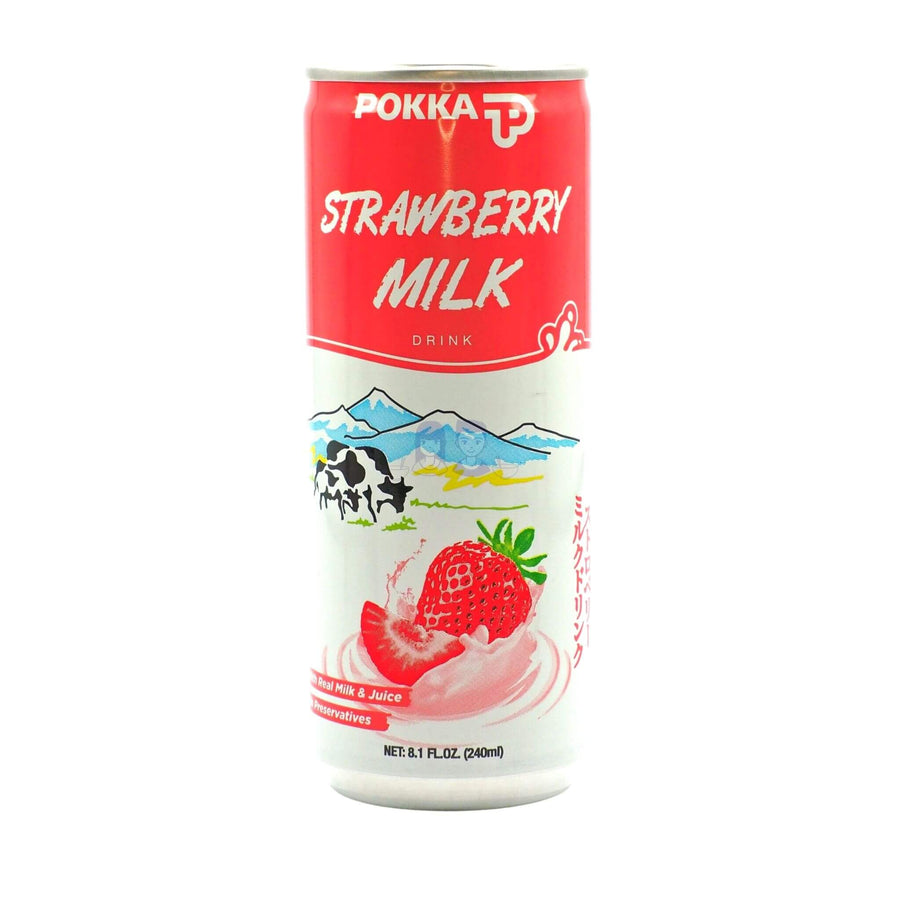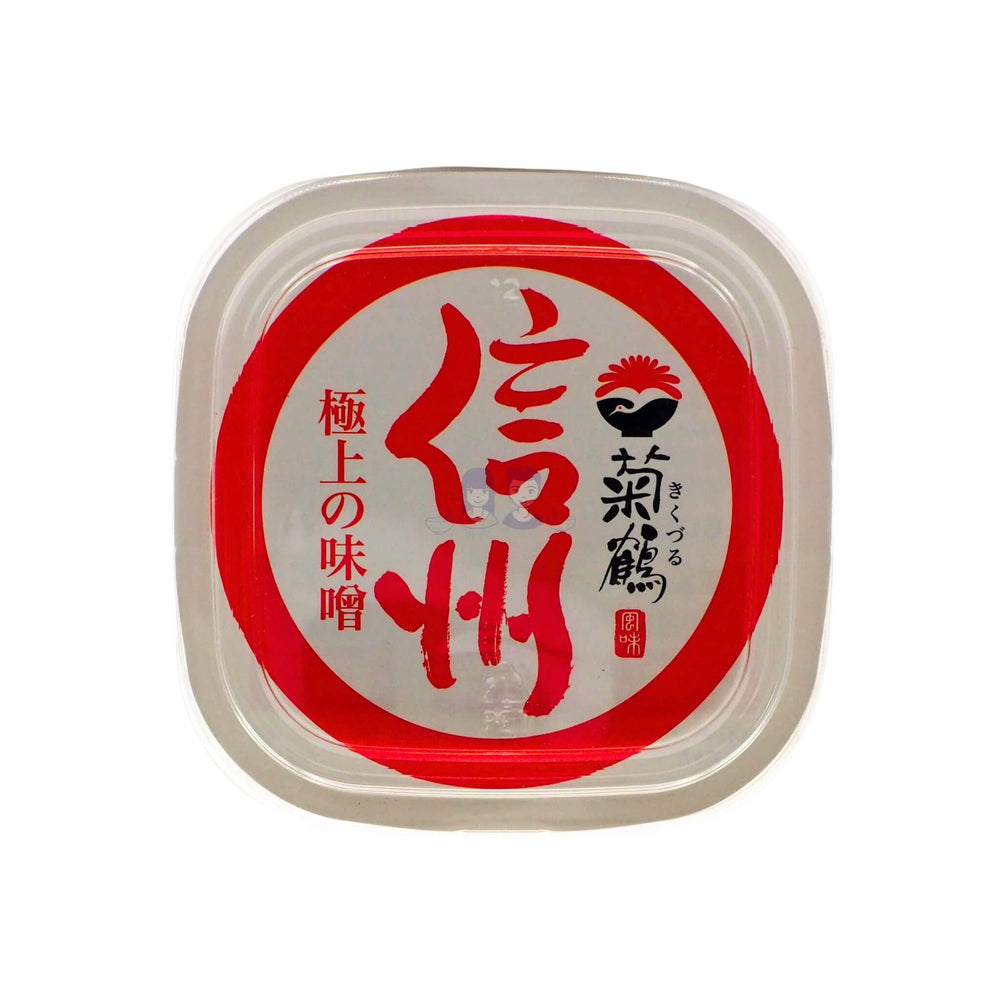What Is Miso? Exploring Its Types, Uses, and Nutritional Benefits
So, what is miso?
Miso is the savoury secret behind many Asian dishes. A traditional Japanese seasoning that has grown from humble origins in Japan to captivate chefs and food lovers' imaginations worldwide.
At its heart, miso is a flavourful paste made primarily from fermented soybeans, salt, and koji-a type of fungus. Its rich umami taste makes it a favourite among food lovers worldwide.
It's used not just in miso soup but in everything from marinades to dressings. What's more, it is packed with nutrients, making it great not only for your palate but your well-being too.
In this article, we'll take you through a journey covering everything you could possibly want to know about miso including its history, how it's made and how to use it.
→ Shop now: Our handpicked range of Miso for your pantry
What Is Miso?
Miso is a thick, traditional Japanese paste created by fermenting soybeans with salt and a type of fungus called koji.
The Japanese have used miso in their cooking for over 1,000 years, and consider it a valuable source of protein. As a popular Japanese ingredient, miso is common in soups, stews, as a marinade, and salad dressings.

Ingredients and Composition
Miso paste primarily consists of fermented soybeans, salt, and koji - a fungus known as Aspergillus oryzae. Depending on the variety, other grains like rice, barley, or even seaweed may be included to diversify its taste.
The fermentation process transforms these simple ingredients into a complex paste rich in proteins, vitamins, and minerals. This unique composition contributes to miso's distinctive umami flavour and its numerous health benefits.
What Does Miso Taste Like?
Miso has a rich, savoury, and umami flavour. It can range from mild and slightly sweet to saltier and more intense, depending on the type of miso used. As a versatile seasoning, it is great for adding a unique depth of flavour to a wide range of Asian dishes.
History of Miso Paste
The origins of fermented soy-based food in Japan can be traced back over 1,000 years ago thanks to Buddhist monks visiting from China and Korea. Back then, fermenting salt, grains, and soybeans together was a practical way to keep food from going bad, especially during hot and humid weather.
This fermentation method became the foundation for making miso. The soybean paste from China got a new twist in Japan, eventually turning into miso and shoyu, the Japanese name for soy sauce. Today, both these two flavours are fundamental in Japanese cooking.
At first, only the elite were able to enjoy the taste of miso due to its scarcity. Sengoku samurai warriors used it to boost their energy before going into battle, and so it became a regular food in their diets.
By the middle of the 14th century, miso had become a hit with everyone, from kings to farm workers. They loved its taste, ability to be easily preserved, and nutritional value as it was a useful source of protein. When times were tough, people even traded with it instead of money.
There was a time when your social rank could be seen in the kind of miso you ate. The elite and samurai only went for rice miso which was made exclusively from white rice. This kind was so pricey that people gave it as presents for special occasions, or used it like money. Poor field workers weren't allowed to use the rice they grew for their miso, so they tossed in whatever they had, like cracked rice or other grains, such as millet or barley. This is why, even today, the dark miso these grains make is sometimes called "poor man's miso."
How Is Miso Made?
Making miso is a slow process, taking anywhere from several months to around one year. The traditional process includes the following steps:
-
Soaking Soybeans: Soybeans are soaked in water for around 15 hours to rehydrate and soften them. This initial step ensures that the beans are cooked evenly and thoroughly.
-
Cooking: Once soaked, the soybeans are cooked until they achieve a soft consistency. They are then mashed into a paste and allowed to cool to about 30 degrees Celsius.
-
Adding Koji: The cooled soy mash is combined with koji. This introduces enzymes that play a vital role in breaking down the proteins and carbohydrates in the soybeans, initiating the fermentation process.
-
Mixing Salt and Water: Salt is mixed in, acting as a preservative and flavour enhancer while preventing unwanted bacterial growth. Warm water is added to achieve the right consistency for fermentation.
-
Fermentation Setup: The mixture is shaped and packed into an airtight container, creating an environment conducive to fermentation.
-
Ageing: The miso is left to ferment in a dark place, typically for around 3–6 months. The length of fermentation can vary from a few months for lighter miso to over a year for darker, richer varieties.
-
Completion: Once the fermentation period is complete, the miso develops its characteristic taste, texture, and colour and is ready to be used.
Types of Miso
An interesting Japanese food fact is that miso comes in various tastes, aromas, and colours. This diversity is influenced by its place of origin, mix of ingredients, and fermentation duration. Here are some common types:
- White Miso (Shiro Miso): This is mild and slightly sweet, perfect for dressings and light soups. Its shorter fermentation time results in a lighter colour and flavour which is one of our favourites.
- Red Miso (Aka Miso): Red miso has a saltier and more intense flavour, which makes it ideal for heartier dishes such as stews and braises. The longer fermentation gives it a darker hue.
- Mixed Miso (Awase Miso): This blend of red and white miso offers a balance of flavours that works well in various dishes. It's versatile and commonly used in Japanese kitchens.
- Barley Miso (Mugi Miso): Made from barley and soybeans, this miso has a deep, rich flavour that adds complexity to dishes. It's particularly popular in rural regions of Japan.
- Speciality Misos: There are also unique or less common types of miso, such as hatcho miso, which is made solely from soybeans and has a strong, robust flavour. These speciality misos offer distinctive tastes for adventurous palates which are often acquired tastes.

Where Is Miso Used? Popular Miso Recipes
Miso Soup
Miso soup is perhaps the most iconic Japanese dish involving miso. Its simplicity lies in its beauty, with miso paste providing a rich, umami base. Often complemented with tofu, seaweed, and green onions, this Japanese classic is one of our personal favourites that we even love for breakfast.

Marinades and Glazes
Imagine a glossy coating on your grilled chicken or that caramelised edge on your salmon or mackerel - that's miso working its magic. It mingles well with a marinade or glaze, tenderising meats, and fish, and enhancing vegetables with its umami flavours, which we think makes every bite an unforgettable experience.

Salad Dressings and Sauces
Miso isn't just for hot dishes; we find it can prove a game-changer in cold cuisine too. Simply add it to your dressings to create wonders such as ginger and miso salad dressing, and watch it transform your next salad dish. Miso does a great job of adding extra flavour into the mix and creates an unforgettable sauce that'll make your palate rejoice.

Other Creative Uses
Miso can be the secret ingredient of chefs and bakers too. From brownies to bread, a pinch of miso can amplify subtle tastes. Whisk it into your mushroom stroganoff, or even blend it into a smoothie for a flavour trip. We deeply believe that the versatility of miso encourages kitchen creativity. Prepare to go wild!
Preparing and Storing Miso
Keep miso in a sealed container and for the best taste and colour, chill it. The lighter the miso in colour and taste, the more careful you need to be, and chilling is recommended where possible.
Use sweet miso within a few weeks after opening and white miso within two to three months. Darker misos like barley, brown rice, and red miso last about six months, while soybean miso often lasts a year. After these times, it won't go bad, but it won't taste or look the same, with soybean miso getting harder.
If miso gets white or green mould, skim it off like jelly. But if there's pinkish mould, you must remove it and either use the rest quickly, within a day or so or throw it out.
Substitutes for Miso Paste
There are several alternatives to get a similar impact to miso paste into your dish. Let's explore five handy substitutes.
- Soy Sauce: This is an excellent option for adding that umami punch. It's salty, so you'll want to use it sparingly, but it can bring a rich depth to soups and marinades.
- Tahini: While primarily known for its role in hummus, tahini can mimic miso's nuttiness. It's less salty and has a creamier texture, making it an excellent addition to dressings and sauces.
- Vegetable Stock: A well-seasoned vegetable stock can provide the savoury foundation you're missing from miso for soups. It lacks miso's fermented tang, but it's wholesome and full-flavoured.
- Salted Peanut Butter: It might sound unconventional, but salted peanut butter can offer the richness and saltiness you might miss from miso. Just a bit can enrich stir-fries and noodle dishes.
- Anchovy Paste: A mere dab of anchovy paste can deliver a savoury, salty taste similar to miso. Best for those who aren't vegetarian, it works wonders in small doses.
Is Miso Healthy?
Rich in nutrients and friendly bacteria, miso is a health-boosting powerhouse. Let's explore five ways miso may benefit you.
-
Digestive Health: Miso is fermented, meaning it's packed with probiotics, the good bacteria your gut loves. These little helpers support a healthy digestive system, making miso a tasty way to keep your tummy happy.
-
Immune Support: Beyond aiding digestion, probiotics in miso also strengthen your immune system. Regularly including miso in your meals could help ward off illnesses, keeping you on your feet and active.
-
Heart Health: Studies suggest that miso's nutrients, particularly isoflavones, play a role in maintaining healthy blood pressure and a balanced cholesterol level. This could mean a longer, healthier life with a stronger heart.
-
Bone Health: Miso contains calcium, magnesium, and other minerals crucial for bone density. Adding miso to your diet is a smart move for a sturdy skeleton, significant as you grow.
-
Antioxidant Properties: Antioxidants found in miso may help fight against cellular damage. These protective compounds can keep your cells healthier longer, potentially reducing the risk of various diseases.
Final Word
Miso, a staple in Japanese cuisine, is more than just a flavour enhancer. This fermented soybean paste is also a healthy ingredient! Rich in essential nutrients and probiotics, miso supports digestion and boosts your immune system.
Whether you're sipping miso soup or using it as a savoury glaze, its versatility in the kitchen is a game-changer. It's simple: miso is fantastic for both your taste buds and your well-being. Give miso a try - it might just become your new go-to ingredient.
















